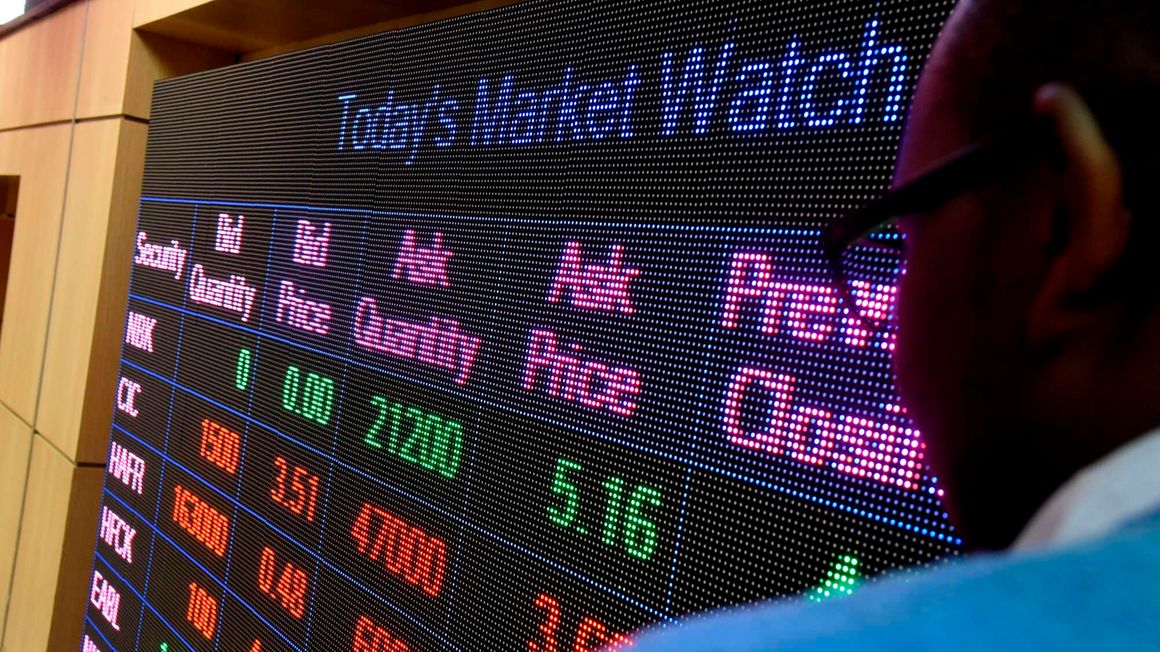
Nairobi Securities Exchange (NSE) trading floor. FILE PHOTO | DIANA NGILA | NMG
Like a long road trip, at this point, the three questions for the bear market will be: Are we there yet? How much more pain lies ahead? Has not the sentiment become bearish enough to create long-term value?
Whatever the answer, you’ll end up in two camps: bears and bulls.
The latter strongly believes the market bottom must be getting close. They argue that the savage sell-off witnessed in equity markets since Q2 2021 means equities now trade at much more attractive valuations - the NSE 20 Share Index’s price-to-earnings ratio has dropped to about 6.3 times at present from close to 11.5 times mid-2021.
On the account of declining inflation, they further posit that the Central Bank of Kenya will be restrained from raising interest rates - the Monetary Policy Committee (MPC) voted to retain the Central Bank Rate (CBR) at 8.75 percent at the conclusion of its January meeting.
Overall inflation decreased to 9.1 percent in December 2022 from 9.5 percent in November 2022, mainly due to lower food prices.
Read: Where are financial markets headed?
With the private sector credit growth rate recovering up into the low teens, solid corporate earnings for 2022 and the Purchases Manufacturing Index (PMI) staying above the 50 mark for five months straight, their firm belief is that this background provides the perfect springboard for a rally over the coming months.
Bearish investors on the other hand, however, think these arguments underestimate how much pain lies ahead.
They argue that risks remain skewed to the upside in the near term as inflation, although having inched lower, becomes increasingly more persistent.
In their estimation, bulls are only factoring in the sunny side of the news. They claim the ratio of gross non-performing loans (NPLs) to gross loans remains high at 13 percent (yet to drop to pre-Covid levels of 11 percent) and hold that the full extent of current monetary policy is yet to fully take effect - it may take another six to eight months.
In fact, the fear for bears is that newly introduced indirect taxes will cause some belt-tightening by consumers which will squeeze profit margins and put downward pressure on corporate earnings.
In their view, global risks remain high thanks to the ongoing Ukraine-Russia war and that the pace of the monetary policy response in the advanced economies may not ease up soon contrary to growing consensus. In sum, the equity market has further fallen.
Are we there yet? It does not matter in my opinion. Whether you are bull, bear or any other beast, here’s what you should do; seek high levels of liquidity (wait for the trend to turn) and a short duration (for fixed income investors) profile as we progress through this cycle.
Trying to decipher whether bears may still have a lot of fight left or whether the market has fully discounted the above risks is a fool's errand.
Read: Foreign investors pull out Sh24 billion from NSE in 2022
But since you must, look out for this sign: markets tend to bottom when investors give up (stop caring, vow never to invest again and no longer ask, “Is this the bottom?”). But when investors stop asking whether we are, we will be.




No comments :
Post a Comment